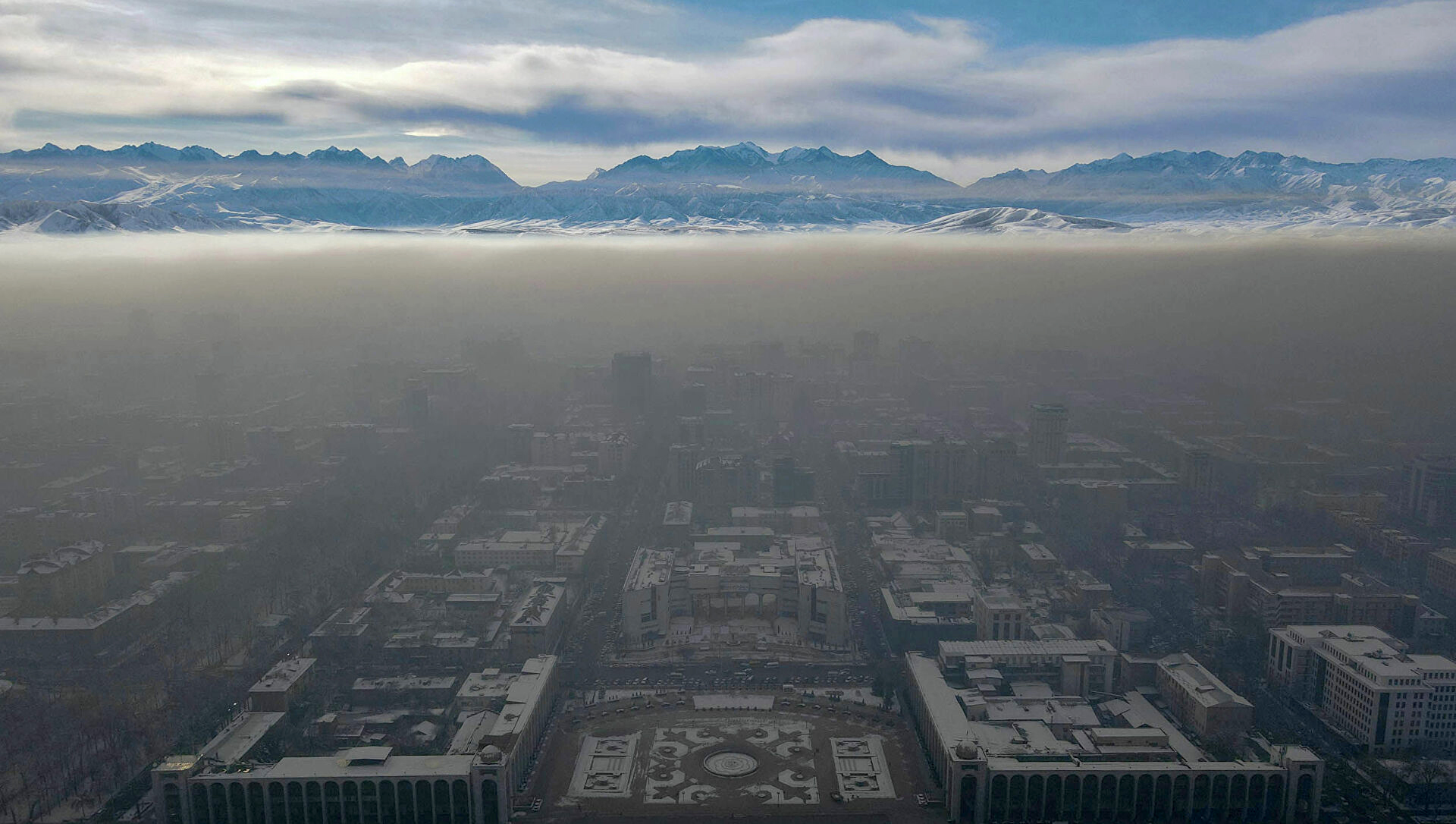Recent Air Pollution Problems in Bishkek, Kyrgyzstan
In a collaboration with the Ministry of Emergency Situation of The Kyrgyz Republic and Kyrgyz Hydromet, MSRI researchers evaluated recent patterns and projections of air pollution in Bishkek. Air pollution has become an increasing problem making Bishkek one of the most polluted cities worldwide, and little research has focused on the impacts of air pollutants on public health in this city. The research team assessed the performance of several machine learning algorithms applied to air quality and meteorology datasets and compared prediction accuracies of Bishkek air quality given its significant public importance. Data on 16 synoptic atmospheric processes were collected by Kyrgyz Hydromet from 2016 to 2018 and used to train and build the forecasting model, which was tested using data collected in 2020. Climate change in Bishkek and the impact on air pollution were assessed via the frequency of days characterized by daytime temperature inversions and air stagnation. Atmospheric stability increased from 2015 to 2020 with ongoing climate change leading to more temperature inversions. About 80 to 90% of days with temperature inversions are associated with winter heating seasons and these numbers increased two-fold during the past 5 years.
Additionally, effects of the COVID-19 lockdown in Bishkek (22 March–11 May 2020) on air quality was assessed, revealing significant improvements during this period when automobile traffic was restricted. During the lockdown period, CO, NO, NO2, SO2, and PM2.5 decreased by 64%, 1.5%, 75%, 24%, and 54%, respectively, compared to concentrations of these pollutants in 2019. The results of this study have been published in a 2022 special issue of Aerosol and Air Quality Research.




